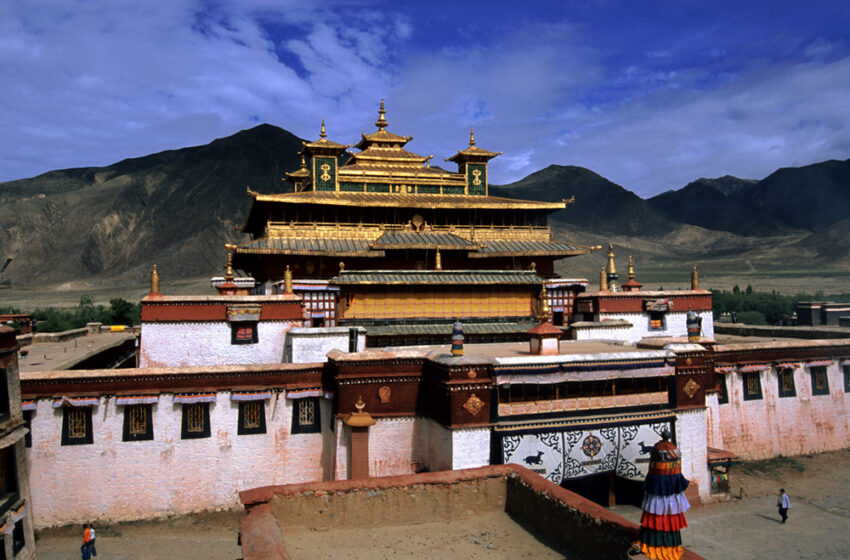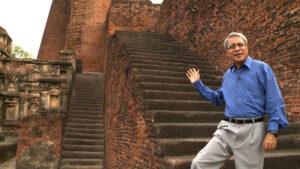Talk and film screening of ‘Indian Roots of Tibetan Buddhism’

Samye Monastery built in Tibet, during the reign of King Trisong Deutsen
Team L&M
This Saturday, October 16 at 6pm, Art Historian, Film-maker & Photographer Benoy K Behl is presenting an online talk and showcase his film Indian Roots of Tibetan Buddhism. Directed and narrated by Behl, and produced for the Union Ministry of External Affairs, the film is shot extensively in Tibet, Ladakh, Spiti, Arunachal Pradesh, Nalanda, Bodhgaya, Sarnath and Karnataka (in India) and Kalmykia (in European Russia).
The vast universities of Eastern India had hundreds of teachers and students who came from across India and from the many countries of Asia that had embraced Buddhist philosophy. The greatest of these was at Nalanda which had a spirit of vibrant intellectual thought, a climate of discussion and debate – the very roots of the Buddhism which travelled from here to Tibet.
The scholars of Nalanda made outstanding contributions to numerous fields of study. The many acharyas here authored hundreds of treatises in fields like philosophy, metaphysics, psychology, logic, medicine, astrology, arts, literature among others.
The study at Nalanda was of life itself, and its reality. It was based not upon faith but on unshakable logic and pursuit of the truth. The study was of our minds, our perceptions and exploration of knowledge. The intellectuals here analysed the qualities which led to enlightenment and sought to create a logical path which could lead us to Buddhahood. A path which would work for all.
There was no written script in Tibet till the 7th century. As Buddhism travelled from Nalanda to Tibet, its acceptance entailed the understanding of subtle philosophic concepts and profound commentaries. This transfer of knowledge would not have been possible without translating and writing it down. A very sophisticated language and a script capable of preserving this knowledge had to be formulated. So, the script that evolved later to translate Buddhist knowledge and traditions was much similar to Sanskrit.
According to information available, the Tibetan scholars made a special effort to translate the Sanskrit works into Tibetan language by developing the Tibetan language in such a manner that it could retain the thematic meaning, as well as the literal meaning with the great precision. The translations were done word by word and sentences by sentences so as to maintain precision.
“Acharya Shantarakshit was the first person who established Buddhism in Tibet. He taught the Tibetan people to learn Buddhism not by faith but by reasoning and logic, and by analyzing the things for oneself. The Buddha had said that we should not believe that which he said, but understand on our own through analysis and rational mind,” says Prof Samdhong Rinpoche, distinguished scholar, teacher and philosopher. “This is pure knowledge. It has nothing to do with dogma or even with religion. And it is a legacy of India, which must not disappear,” adds Geshe Dorji Damdul, Director – Tibet House, New Delhi.
Later, most of the major monasteries of all the Tibetan traditions were re-established in India. These monastic Institutions, where erudite masters teach, attracted seekers from all over the world.
Watch the film at Zoom
The event is free and no prior registration is required


